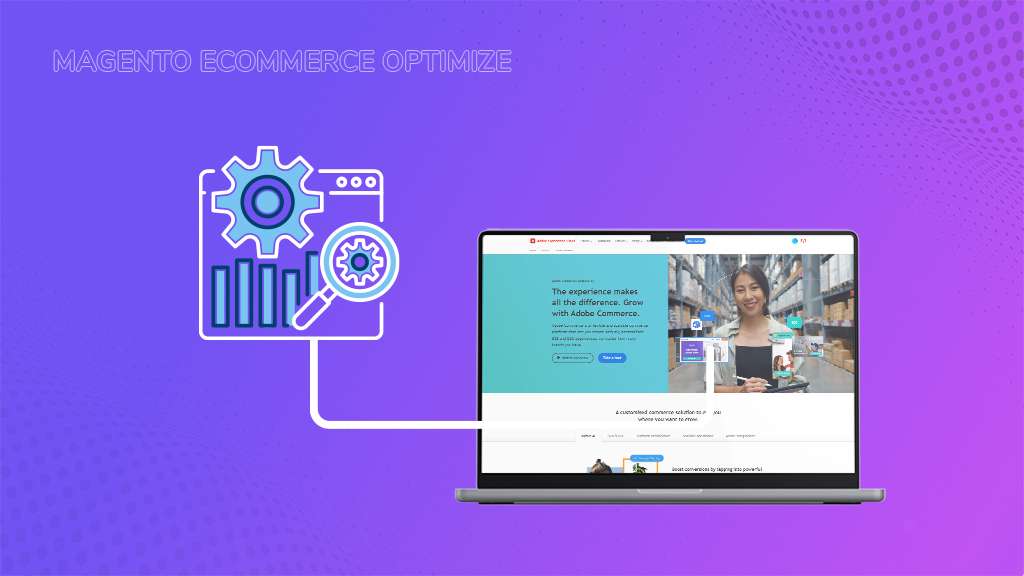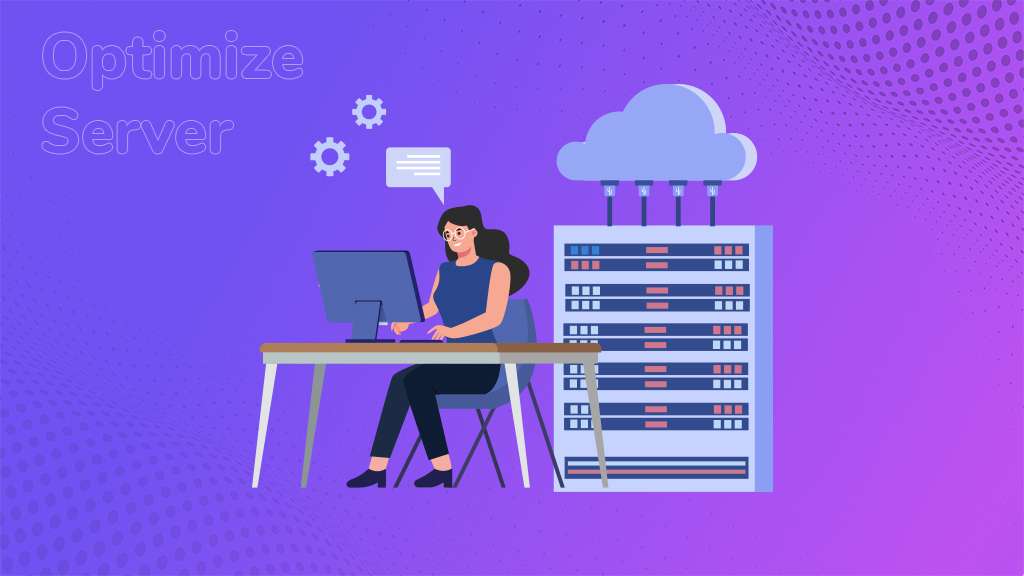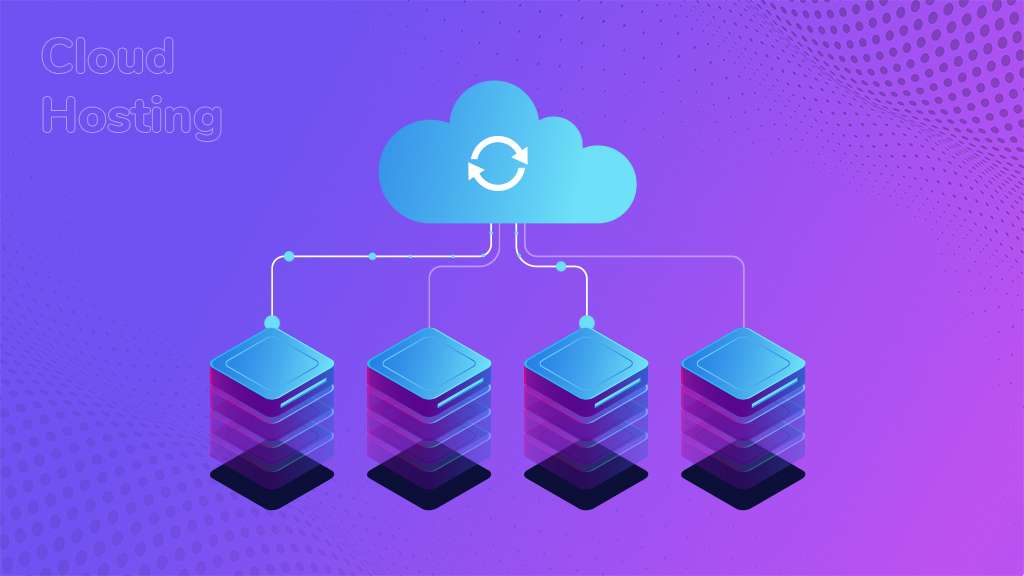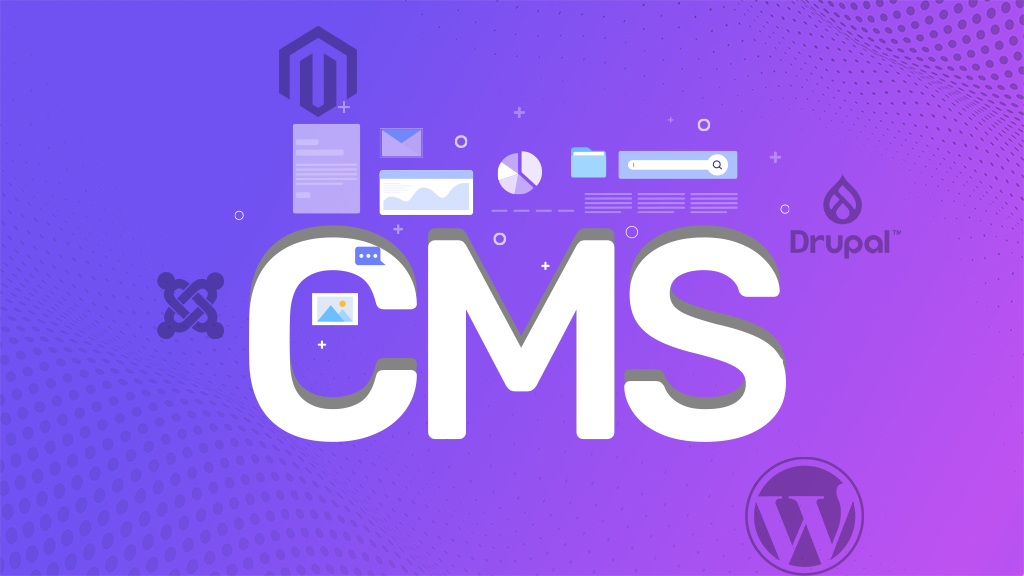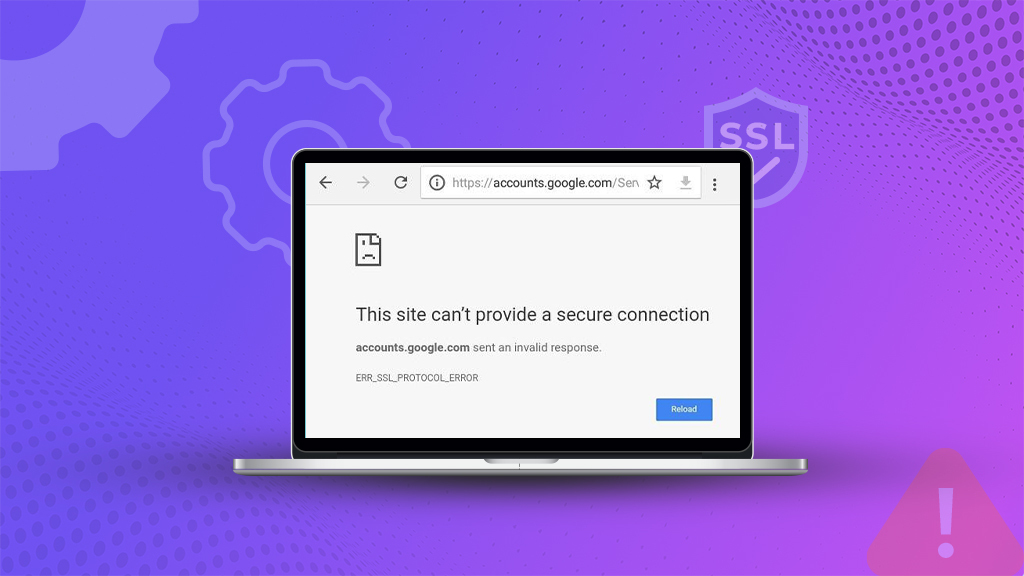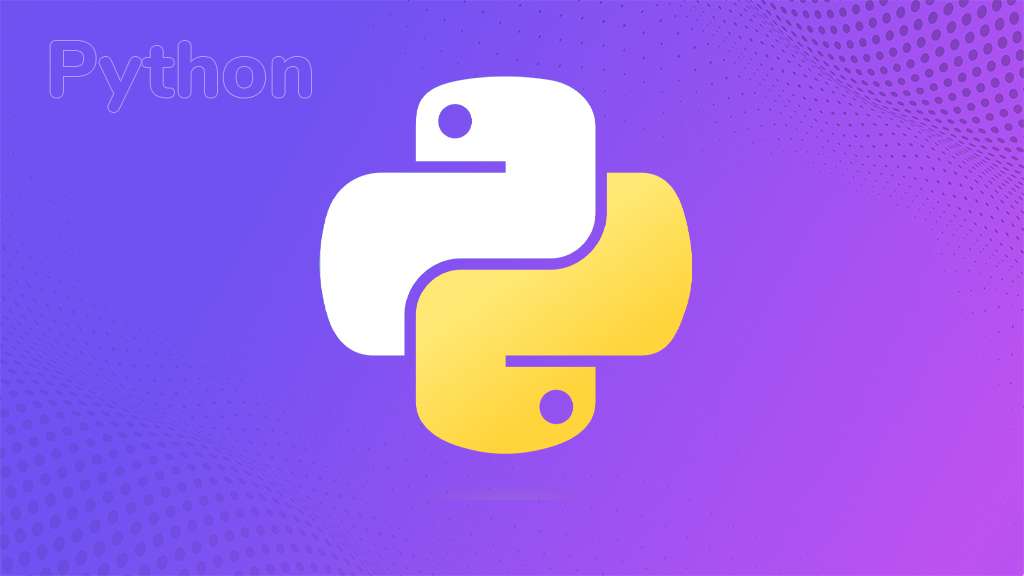
Have you ever experienced the annoyance of attempting to run a Python script, only to find out that it needs a different version than the one you have installed? Don’t worry, my fellow Python enthusiasts! This comprehensive guide will provide you with the knowledge and resources to know about Python programming and easily check Python versions on different operating systems.
Whether you’re an experienced developer navigating the complexities of Linux, a Windows user looking for optimal compatibility, or a macOS enthusiast exploring the Python world, this guide has got you covered. We will explore the simplest and most efficient methods to determine your Python version, ensuring that you have the necessary tools for any task at hand.
Introduction to Python
Imagine a programming language that is easy to read, and understand, and can handle a wide range of tasks effortlessly. That’s Python programming in a nutshell. It’s a versatile, high-level language that is not limited to any specific field but excels in many areas. Whether it’s web development, data science, machine learning, automation, or even game development, Python can do it all!
Why is Python considered an Incredible Programming Language?
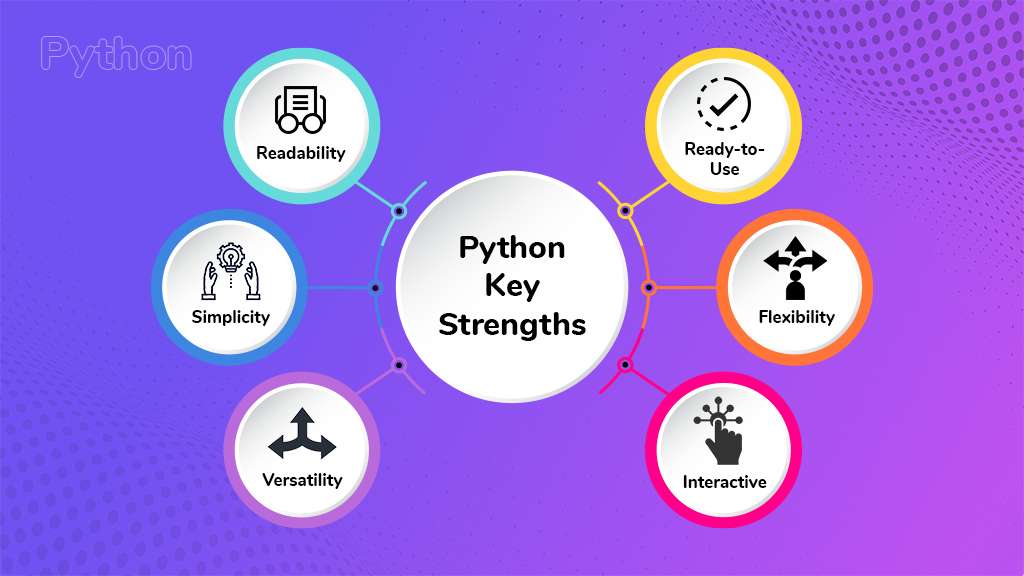
Since its debut in 1991, Python programming has captivated programmers with its distinctive combination of readability, simplicity, and power. Guido van Rossum had a vision for a language that prioritized clarity, enabling developers to express complex ideas using fewer lines of code. Today, Python’s popularity thrives due to several key strengths:
1. Readability Reigns Supreme
Python’s syntax shines with its clean and intuitive structure. Code blocks are defined by indentation and whitespace, creating a visual hierarchy that is easy to navigate. This focus on clarity makes code more understandable, both during the writing process and for future maintenance.
2. Simplicity is Key
Python programming embraces a straightforward approach to programming, placing a high value on clarity and minimizing complexity. This reduces development time and streamlines code maintenance, allowing developers to focus on the bigger picture.
3. A Language for All
Python’s versatility knows no bounds. It seamlessly adapts to various domains such as web development, data analysis, machine learning, and automation. This makes it a valuable tool for individuals and companies alike, eliminating the need for multiple programming languages.
4. Experimentation at Your Fingertips
Python’s interactive mode empowers developers to quickly test ideas and prototypes. This hands-on approach accelerates development and enables rapid iteration, leading to better solutions.
5. Run Anywhere, Do Anything
Python’s portability is a game-changer. The same codebase runs smoothly across different operating systems with minimal adjustments. This flexibility explicitly eliminates compatibility headaches and promotes cross-platform development.
6. Ready-to-Use Toolkit
Python’s extensive standard library comes packed with pre-built modules and functions. This treasure trove of resources saves developers time and effort, eliminating the need to reinvent the wheel for common tasks.
On the other hand, Python’s enduring appeal lies in its ability to combine simplicity, readability, and power, making it a top choice for programmers worldwide.
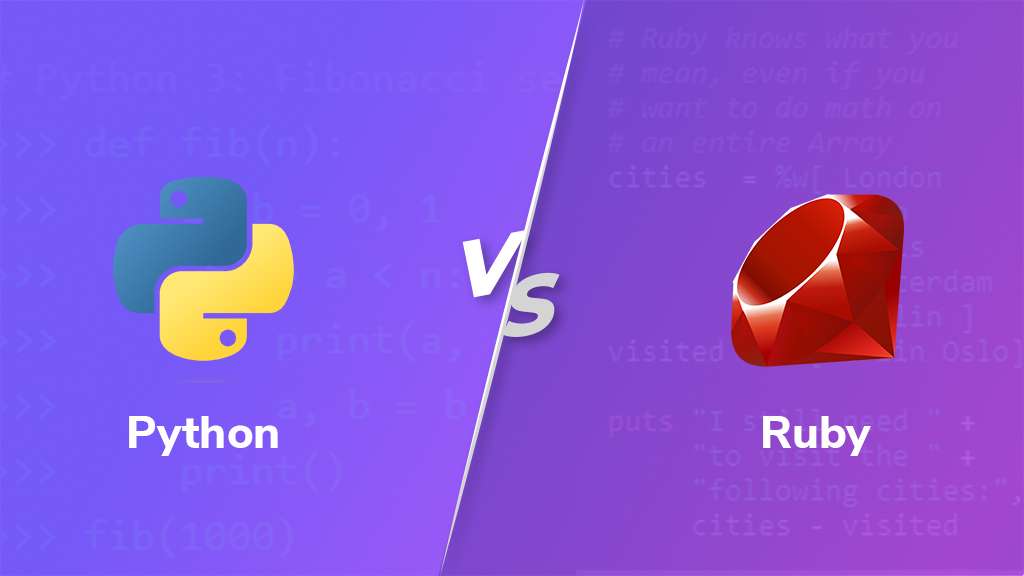
10 Reasons Why It’s Important to Check Your Python Version
1. Compatibility
Different Python programming versions have different syntax, features, and library support. Checking your version particularly ensures that your code is compatible with the libraries, frameworks, and scripts you want to use. It’s like making sure the bricks you use to build a magnificent castle fit together perfectly!
2. Security
Outdated versions often have vulnerabilities that attackers can exploit. Upgrading to the latest version ensures that you benefit from security patches and bug fixes, keeping your code and data safe. Think of it as reinforcing the walls of your castle to protect it from invaders.
3. Performance
Newer versions of Python often come with performance improvements, making your code run faster and more efficiently. Checking your version especially ensures that you’re taking advantage of the latest optimizations, just like upgrading your tools to build stronger walls and dig deeper moats.
4. Collaboration
When sharing code with others, it’s important to use a compatible Python version. Knowing your version helps team members understand your project’s environment and avoid compatibility issues, ensuring smooth collaboration. It’s like agreeing on the right materials to build a bridge together!
5. Learning and Development
New versions of Python programming indeed introduce exciting features and functionalities. Staying updated with your version allows you to explore these advancements and expand your coding skills, just like discovering new tools and techniques to improve your castle’s defenses.
6. Troubleshooting
Version-specific bugs and errors can be challenging to diagnose. Knowing your version helps you pinpoint potential causes and find solutions faster, saving you time and frustration. Furthermore, it’s like quickly finding the source of a leak without wasting time searching for the pipe.
7. Community Support
Knowing your Python version is essential for accessing relevant information and getting assistance from online resources, tutorials, and forums. It’s like seeking guidance from experienced architects when constructing your castle, ensuring you have the right tools and knowledge at your disposal.
8. Package Management
To ensure smooth package installation and updates, it is important to check your Python version, especially when using popular package managers like pip. This ensures that your castle remains well-stocked with the latest supplies, just like keeping your pantry filled with essential items.
9. Deployment
When deploying your code to production environments, version compatibility plays a crucial role. Knowing your Python version helps ensure that your code runs seamlessly on the target system, similar to ensuring that your castle’s blueprints are compatible with the available materials at the construction site.
10. Future-proofing
Keeping your Python version up-to-date is vital for staying on the cutting edge and being prepared for new developments in the Python ecosystem. Therefore it’s like constantly upgrading your castle’s defenses to stay ahead of potential threats and advancements in siege weaponry, ensuring that you are ready for any challenges that may come your way.
Above all remember, checking your Python version is essential for a seamless coding experience and ensures that you’re making the most of the language’s capabilities.
Checking the Python Version in Different OS
Now that you’ve had the chance to explore the wonders of Python, let’s dive into the process of checking its version on your specific system. Whether you’re using Linux, Windows, or macOS, we’ve covered you with the necessary knowledge.
Prerequisites
1. Your Reliable System
Whether you’re a Linux expert, a Windows pro, or a macOS wizard, you’re fully equipped for this task. Keep in mind that the Python version you’re searching for can be found on any of these powerful platforms.
2. Terminal Power: Your Gateway to Control
Think of the terminal as your control center, a window where you can directly communicate with your system. Don’t let its text-based interface intimidate you – it’s more like a knowledgeable friend providing precise instructions rather than a portal to another world (although the possibilities it unlocks might feel magical!).
3. Administrative Access: The Key to Unleashing Deeper Knowledge
In certain situations, you may require a special key, such as administrative privileges, to access specific information. Imagine trying to open a locked door within your system – having these privileges is like receiving the key from a helpful wizard, granting you entry to hidden chambers of knowledge. Don’t worry, most of the time, checking the Python version won’t necessitate this special key, but it’s good to be aware!
Unveiling Python’s Secrets: A Guided Tour Across Different Operating Systems
Now that you have the power of administrative privileges and terminal access, let’s explore the specific steps for each operating system to uncover your Python version:
1. Check Python Version on Linux
i. Access the Terminal
Summon your trusty terminal, often with a convenient keyboard shortcut like Ctrl+Alt+T. It serves as your gateway to the command line, where you can directly communicate with your system.
ii. Choose Your Tool
Depending on your Python installation, select the appropriate command:
python --versionThis command reveals the default Python version installed on your system.
python3 --versionIf you prefer Python 3, use this command to specifically target that version.
iii. Discover the Revelation

The displayed text will unveil the Python version you’ve been searching for. It’s as simple as casting a basic spell!

2. Check Python Version on Windows
i. Launch the Command Prompt
Search for “cmd” in the Start menu and click on the corresponding icon. This will open your command window, ready to receive your instructions.
ii. Speak the Magic Words
Just type python –version and press Enter. Think of it as casting a magical spell to reveal the hidden information.
iii. Witness the Answer

The next line will proudly display your Python version, like a treasure chest overflowing with knowledge.
Check Python Version on MacOS
i. Access the Terminal
Navigate to your Applications folder and locate “Terminal.” Moreover, this is your portal to the command line, where the secrets are kept.
ii. Choose Your Path
Similar to Linux, select the appropriate command based on your Python version:
python --versionThis command reveals the default Python version installed on your system.
python3 --versionIf you prefer Python 3, use this command to specifically target that version.

Receive the Oracle’s Wisdom
The response displayed in the terminal will unveil your macOS Python version, like a wise sage sharing their knowledge.
As a developer, it is crucial to proactively verify the correct Python version within your code. This helps prevent crashes and ensures smooth operation.
Here’s a code snippet you can use to check for Python 3.6 or higher:
import sys
if not (sys.version_info.major == 3 and sys.version_info.minor >= 6):
print("Python 3.6 or higher is required.")
print("You are using Python {}.{}.".format(sys.version_info.major, sys.version_info.minor))
sys.exit(1)Conclusion
During this journey, we have discovered different methods to check your Python version on various operating systems. With this information, you can easily determine your version, guarantee compatibility, and security, and enhance your development experiences.
Keep in mind that checking your Python version is an ongoing task. Stay updated with new releases, security updates, and performance enhancements by revisiting this process from time to time. This will allow you to take advantage of the latest advancements and maintain the optimal environment for your projects.

